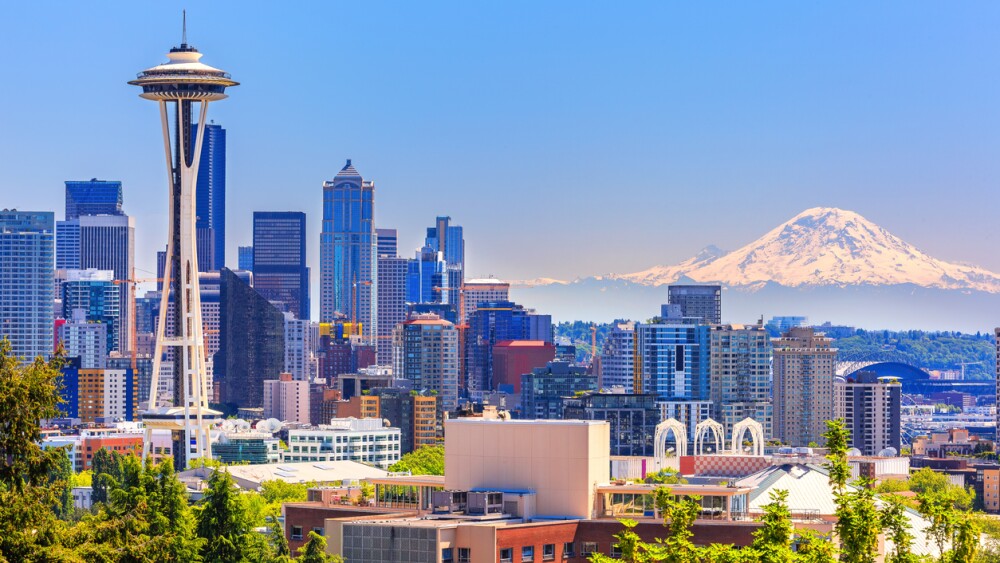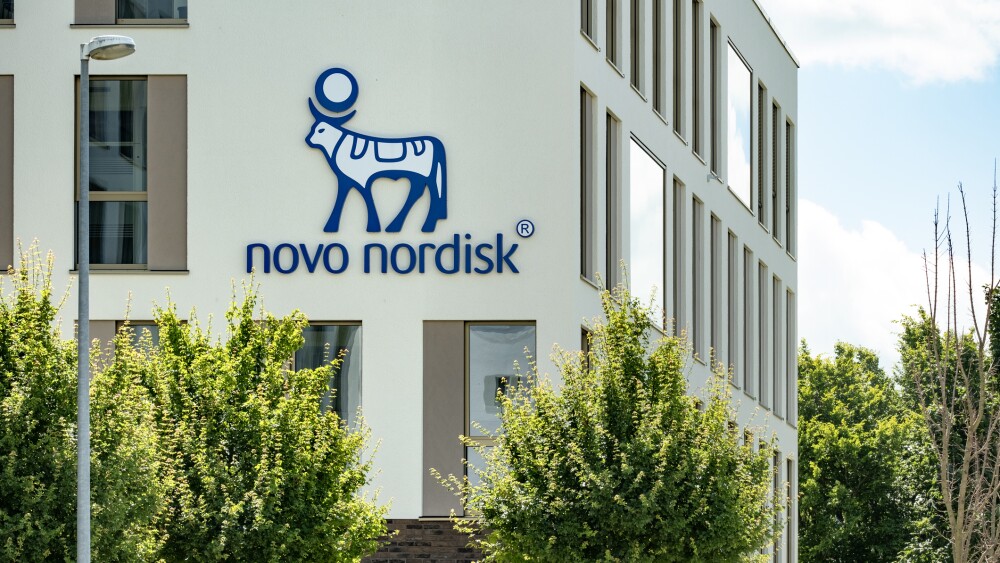Washington has had notable life sciences job growth over the past 10 years, according to a Life Science Washington report. The association’s CEO and a biopharma CEO discuss what makes the state stand out, including its talent pool, AI leadership and entrepreneurship support.
As Washington’s life sciences scene has expanded beyond being a top research cluster, its workforce has increased significantly, according to Life Science Washington’s latest economic impact report. Between 2013 and 2023, it found, the industry’s job growth in the state jumped 50%, bringing the total number of employees to 47,898.
The increase was a bit of a departure from what had been seen in the past, according to Marc Cummings, CEO of Life Science Washington, the state’s trade association.
“We had sort of grown slow and steady for 20 years, and then really in the last decade, have just taken off,” he said.
The economic impact report chalked up the increase to local companies expanding through organic growth and acquisitions that added commercial and manufacturing jobs. There are now over 1,180 life sciences organizations in Washington located in 139 cities.
Greater Seattle Has Deep Pool of Sticky Talent
The Seattle market is the state’s most well-known area for the industry—and employees. A June CBRE report ranked Seattle ninth for life sciences research and development talent and eleventh for life sciences manufacturing talent.
There’s a deep talent bench in the area, according to Thijs Spoor, CEO of Perspective Therapeutics. The radiopharmaceutical company formed after Iowa–based Viewpoint Molecular Targeting and Richland, Washington–based Isoray merged. Spoor told BioSpace the business moved to Seattle because that area had a bigger biotech community with more talent.
Greater Seattle’s life sciences workforce, he shared, features people skilled across early-, mid- and late-stage companies. He also noted that universities are pumping out new graduates.
“It’s really a pretty diverse talent pool that has a good quality of life and tends to be pretty sticky to the companies that they join,” Spoor said.
He explained that Greater Seattle is a great place to be, offering advantages such as mountain and ocean scenery, a good setting for year-round active lifestyles and an incredible food scene. It’s a nice place for people to raise families and a location where people, especially those who grew up in the area, want to stay, he added.
“If they can remain employed locally, that’s a lot more interesting than moving to a very expensive city or a different jurisdiction, like Southern California or Boston or somewhere else,” Spoor said.
Homegrown Companies, AI Key to Life Sciences Scene
When it comes to the Washington life sciences scene itself, Cummings highlighted its homegrown nature, noting that many companies have spun out of local research institutions. Those institutions include the University of Washington, a research university in Seattle that’s home to the Institute for Protein Design (IPD). IPD’s labs include the Baker Lab, run by computational biologist David Baker, who last year received one-half of the Nobel Prize in chemistry for computational protein design.
Companies that have spun out of IPD include Xaira Therapeutics, which launched in 2023. Baker co-founded the biotech, which uses artificial intelligence (AI) in drug discovery and development. While Xaira is headquartered in San Francisco, it also has a location in Seattle.
AI has worked its way into many parts of Washington’s life sciences companies, according to Cummings. Some businesses, he shared, use AI as part of their operations to improve processes, while others, such as A-Alpha Bio, make it a focal point of what they do. The Seattle-based early-stage biotech uses synthetic biology and machine learning to measure, predict and engineer protein-protein interactions.
While Cummings said he feels that Washington has an AI leadership position within the life sciences industry, he also noted that the state’s strength in this area is sometimes overlooked.
“Silicon Valley, for historical reasons, continues to get a lot of credit there,” he said. “But really, I think we feel like the hottest invention, the hottest teams and really the best science coming out of AI and the Baker Lab—that’s here.”
State Nurtures Entrepreneurship, Early-Stage Companies
Looking ahead, Life Science Washington has four policy priorities, according to its economic impact report:
- Support entrepreneurship and startup mentoring programs.
- Develop a sufficient workforce to sustain Washington’s life sciences industry.
- Ensure that business, tax and regulatory policies enable companies to invest in long-term, high-risk R&D programs.
- Invest in research and educational facilities.
The association tends to put an increased emphasis on the first policy priority, according to Cummings, given that Washington grows its own life sciences businesses more than it recruits companies from out of state.
One way Life Science Washington supports entrepreneurship and early-stage companies is through its Washington Innovation Network program. Organizations apply and are matched up with mentors who have expertise in commercialization and business execution. The goal is typically to help these businesses raise Series A funding, according to Cummings. So far, he noted, 43 companies have graduated and raised $3.2 billion total in follow-on funds.
Startups should play a key role in Greater Seattle moving forward, according to Spoor. He said he expects to see a lot more of those businesses in the area during the next five years.
“You’ve got exits there that then create opportunities for people with capital, people that you know won’t have cashed out and retired who have said, ‘Great, I’ve still got things to offer. I’m willing to take a little more risk, which means I’ll go earlier in the development phase and be a bit more interested in getting into the startup pool,’ which gets really interesting,” Spoor said.
His assessment reflects the pioneering spirit that Cummings said Washington’s life sciences scene has maintained as it’s grown. Cummings noted that while other places are driven by Big Pharma goals, the state is more focused on the biotech and medical device space.
“So, you have a little more freedom to kind of take big swings and go after big science here,” he said. “A lot of folks love the feeling of that—where you can do some things you know may not fit other places in quite the same way.”
Interested in more career insights? Subscribe to Career Insider to receive our quarterly life sciences job market reports, career advice and more.






